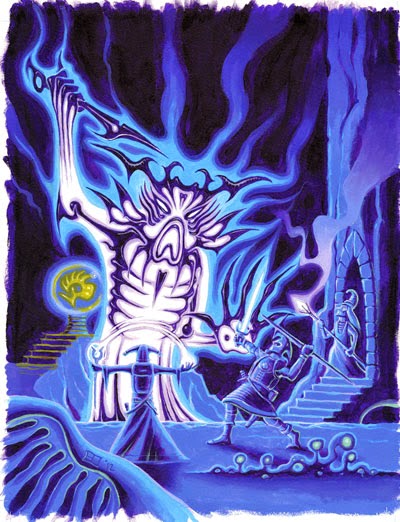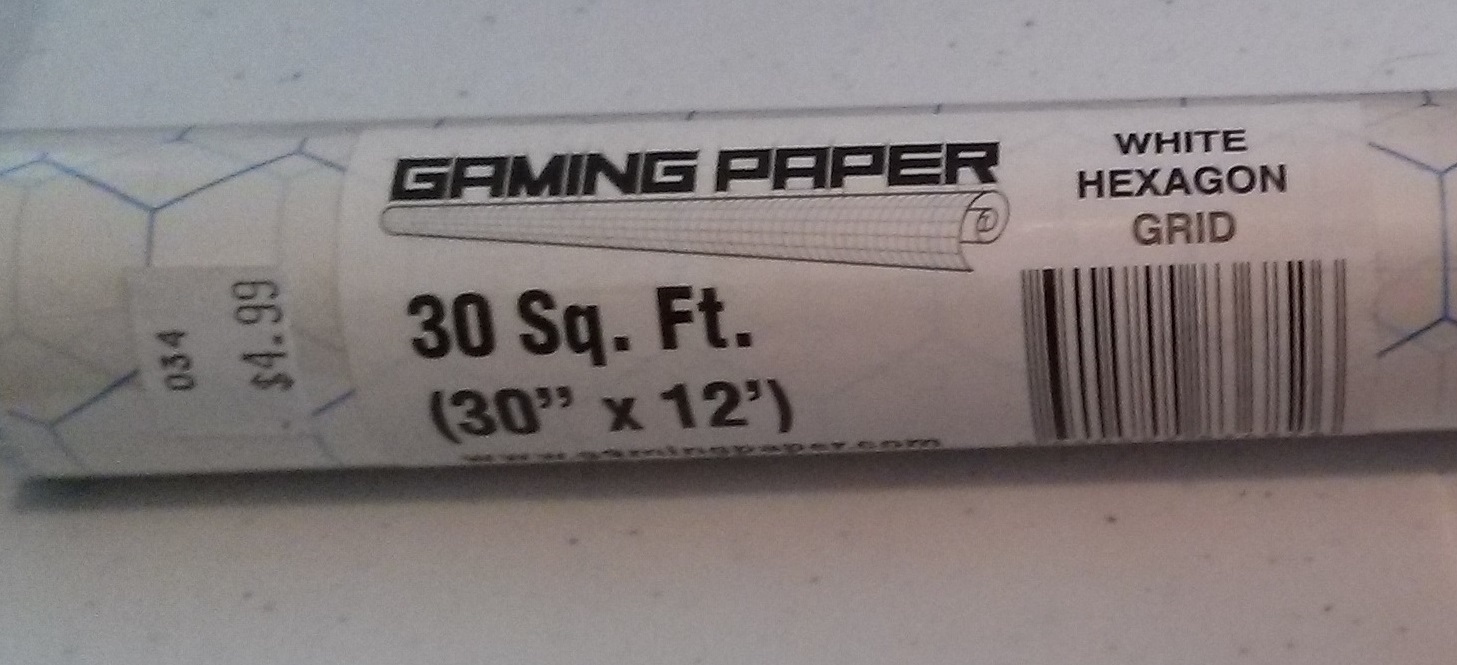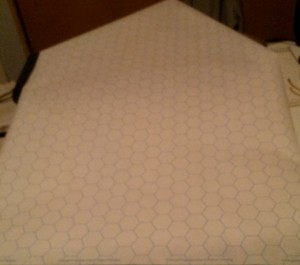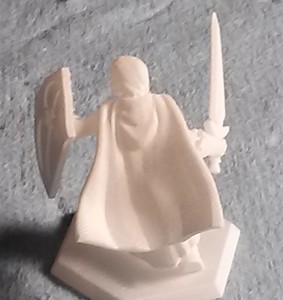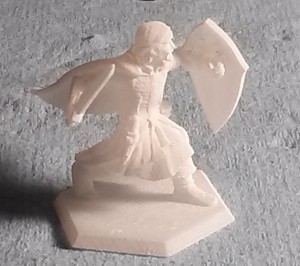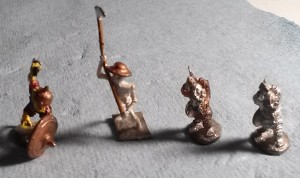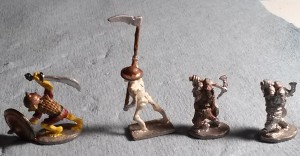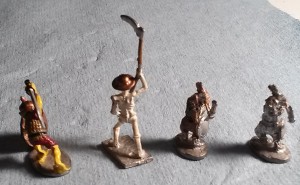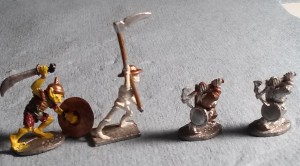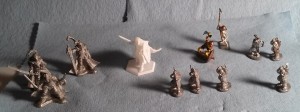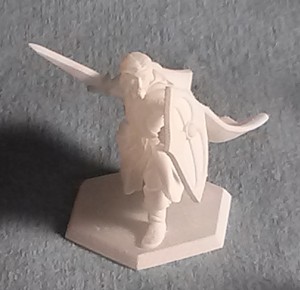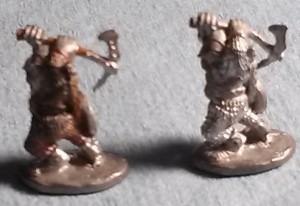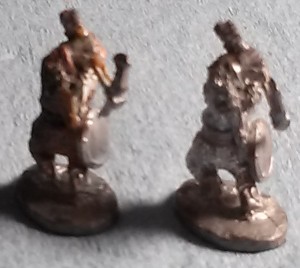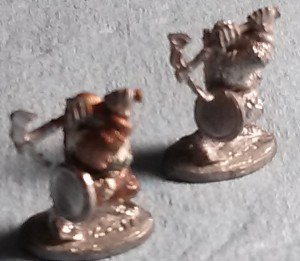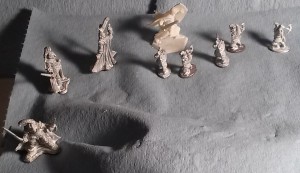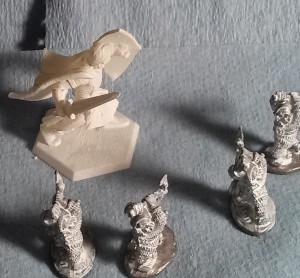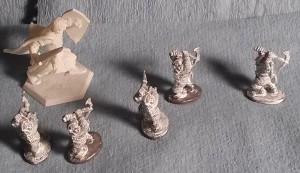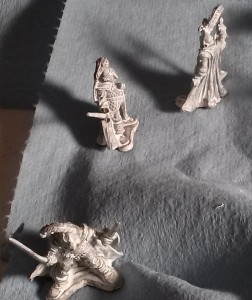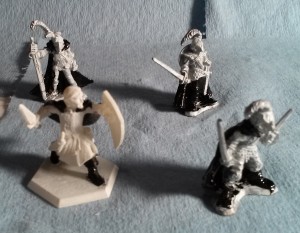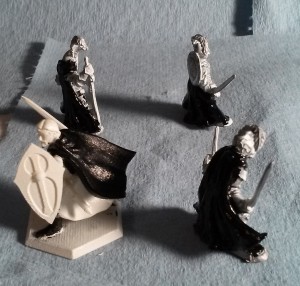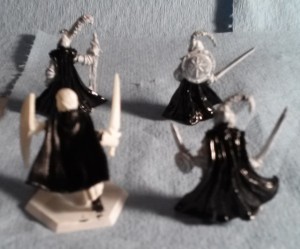Transporters are more than just for transportation.
The full potential of transporter technology was touched on briefly in a couple of episodes. Forget the episode where someone grabbed something out of the stream in TNG. How can someone reduced to their component molecules do anything? SMH
They can be used to combat all disease. You break someone down to the molecular level and put them back together and you can’t leave out the crazy germs from the planet below? Quarantine is only needed if you travel to and from the planet surface by shuttle. Even then, avoid two or three weeks in quarantine – just run them through the transporter.
Cancer? Just run them through the transporter.
Dementia? If it is from the build up of plaques, just run them through the transporter.
Heart disease? If there is a build up of a blockage, just use the all-mighty transporter.
One can be practically immortal. Even if they are killed, clones are no big deal. Run an appropriate amount of mass through the transporter and generate the last scan of the deceased, and there you have it, no more death.
The computing power alone is immense. Being able to store the data to transport 6 or more crew is more data than has been stored to electronic media to date.
Any major injury is easy to fix, use he technology of the transporter to mend bones, fix tears in arteries and veins, and ruptures in organs.
If it is possible to disintegrate a person and put them back together, then aside from metaphysical, religious, and philosophical arguments about the soul and what it means to be a person, no one would ever die again. I think of the Daffy Duck, Duck Dodgers cartoon where he steps into the disintegrater and emerges from the re-integrater.
The wealthy and powerful would have ultra secure computers to store scans of their younger selves in peak condition, and there would be a way to blend the healthy younger brain with current memories and knowledge. This would give rise to people hundreds of years old with the body of a 25 year old. They could even allow themselves to age for a few years, then use the transporter to refresh their bodies. They could work to reach a peak physical condition and make that their new baseline body.
The only injury one could not recover from is one that destroys all transporter scans of an individual. This would make the computers responsible for transporters the most secure and well defended. If anything happens to the computer responsible for handling all the data, even if the device itself is fully functional, no one could manage to make it work.
If one takes the idea of a transporter to its logical conclusion, you end up with something far more powerful and valuable than the plot device invented to limit TOS special effects budget.
I have not read a lot of the books and novels based on Star Trek, so I don’t know if this was ever explored, or retconned to say that the Federation and its allies have their transporters programmed to not allow this. However, what would stop the enemies of the Federation from doing so? there is always some rogue element in every society that uses things in a way that the rest of society considers immoral.
I read a science fiction short story, I don’t recall the name of the story or the author, back in high school or college, where they finally had the technology to revive those who had been frozen until cures could be found. The main character had to take care of his great-great grandmother or something. She was young and beautiful, and it touched on his thoughts of incest. I don’t recall if it got into actually acting on it. It turned out that those brought back were merely the shells of the actual individual and that some alien forms that did not have bodies had inhabited them and they went on killing sprees, eating their victims. They were able to access some of the memories of the deceased. I recently saw a preview online for a movie that explores this and a woman brought back from death is not really the woman. That was a few weeks ago and I don’t recall the name of that one either.
Talk about the walking dead….

